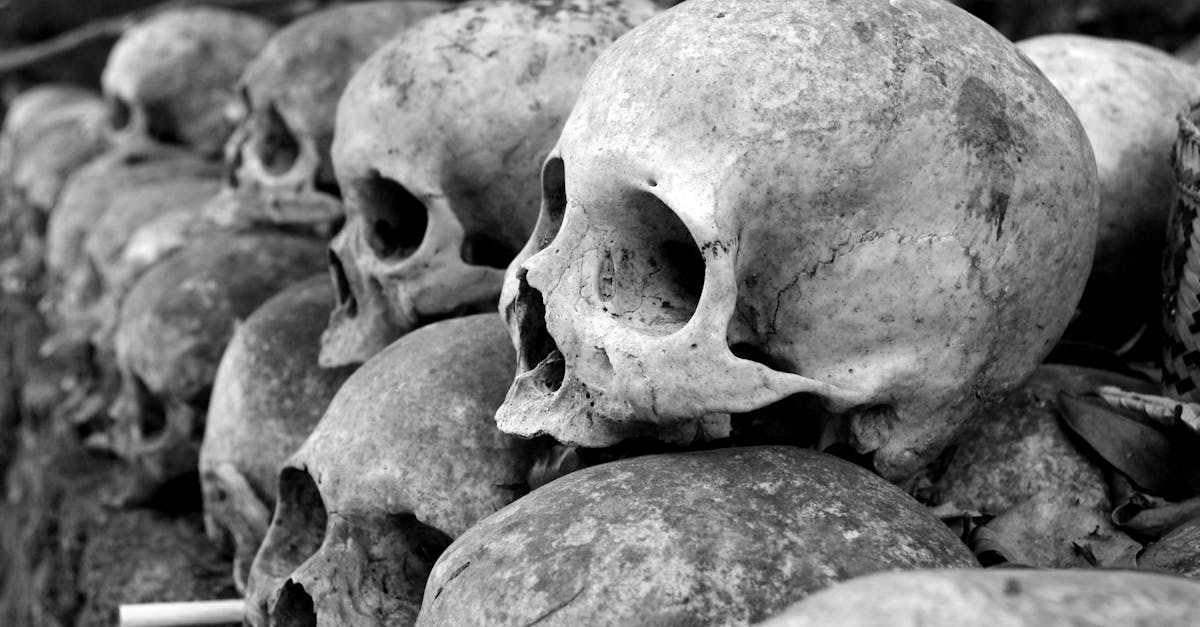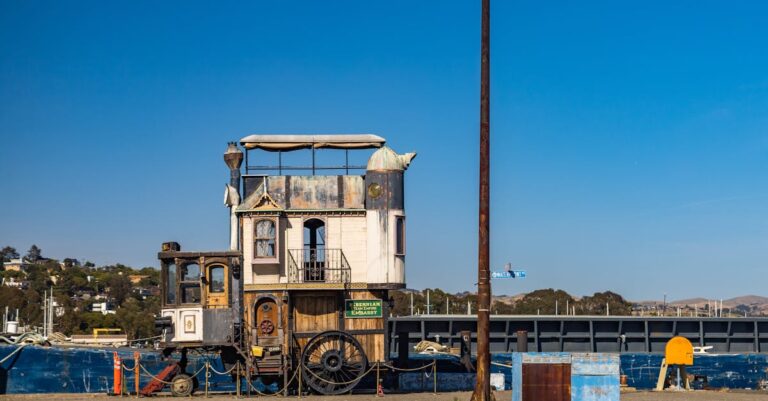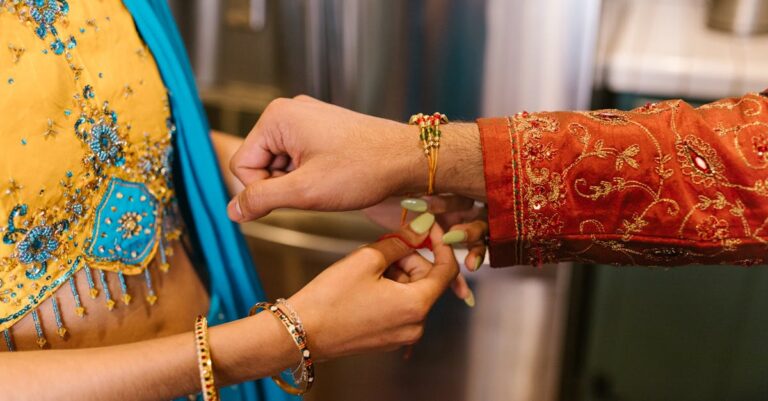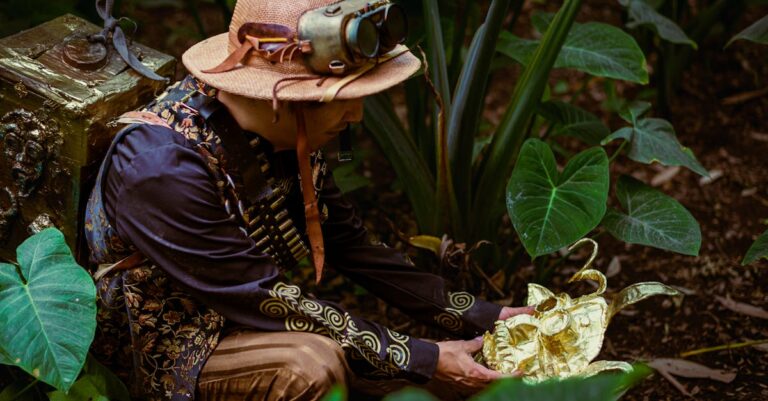
## The Bone Weaver
The rain tasted of charcoal. Amelia ran a gloved hand across the damp clay, the chill seeping through her layers of merino wool. The dig site near Pompeii sprawled beneath a bruised sky, an excavation pit carved into the volcanic earth. She ignored the persistent dampness, focusing on the meticulous brushing of fine dust from a fragment of bone. Not just any bone—a femur, intricately carved with symbols she’d only seen referenced in obscure Etruscan scrolls.
Dr. Silas Thorne, her mentor and the dig’s director, approached, his face etched with a familiar blend of exhaustion and obsessive focus. “Anything new, Amelia?”
“The carvings are deeper than I thought,” she replied, her voice a low murmur against the drumming rain. “Almost like… like they were pressed into the bone while it was still pliable.”
Silas squinted, pushing back his thinning grey hair. “Pliable? Amelia, that’s absurd. Bones calcify.”
“I know,” she conceded, her gaze fixed on the bone’s surface. “But… there’s a residue here.” She gestured to a tiny vial holding a viscous, amber-colored substance. “Analysis shows traces of resin and… something else. A protein I don’s recognize.”
Silas chuckled, a dry, rattling sound. “Always chasing shadows, aren’t you? This site has produced enough pottery shards and fragments of fresco to keep us busy for decades. Don’t get hung up on anomalies.”
She didn’t respond, returning to her work. Silas’s dismissals were routine. He preferred the tangible, the quantifiable. Amelia chased whispers of the intangible, the echoes left on objects long after their owners departed.
The bone belonged to a woman, likely between twenty and thirty years old, based on the skeletal structure. The carvings were unusual: spiraling patterns interwoven with representations of plants Amelia couldn’s identify. They weren’t purely decorative; they pulsed with a strange energy she felt humming beneath her fingertips.
Days bled into weeks, the rain relentless, the dig a muddy labyrinth of trenches and unearthed secrets. Amelia continued her analysis of the bone, becoming increasingly convinced that it wasn’t simply a burial artifact—it was something more. Silas remained skeptical, focusing on cataloging the pottery and mosaics they uncovered from a luxurious villa adjacent to the burial site.
“Found another mosaic, Amelia,” Silas announced one afternoon, his voice booming across the dig site. “Depicts a scene from the Odyssey. Pretty remarkable preservation.”
Amelia barely registered his excitement, her thoughts consumed by the bone’s enigmatic symbols. She felt drawn to them, as if they held a key she desperately needed to find.
“It’s… it’s like they’re not just carved, Silas,” she said softly, holding up the femur. “They’ll be infused.”
Silas frowned. “Infused? With what, Amelia? Your imagination?”
“A memory,” she countered, her voice gaining a firmer edge. “Someone’s memories.”
She began experimenting, employing techniques gleaned from ancient Roman embalming practices and modern archaeological science. She built a controlled environment, recreating the conditions believed to have existed during the woman’s lifetime—temperature, humidity, even replicating the scent of volcanic soil and sea salt.
One evening, while running a low-frequency electrical current through the bone fragment, she felt it. Not a surge of electricity, but something… else. A flicker behind her eyes, a sudden influx of images – a sun-drenched courtyard filled with olive trees, the taste of figs on her tongue, the scent of lavender and rosemary mingling in the air.
She stumbled back, clutching her head. The images flooded her consciousness – a young woman laughing, weaving intricate patterns with fibers, chanting in an unfamiliar tongue. A ritual involving the bone itself, a ceremony of remembrance and connection to ancestors.
“Amelia! You alright?” Silas rushed towards her, concern etched on his face.
She couldn’t speak, struggling to separate the memories from her own thoughts. “I… I saw her,” she finally managed, her voice shaky. “The woman who owned this bone.”
Silas paled. “Saw her? What are you talking about?”
She tried to explain, recounting the vivid details of the ritual she’s witnessed through the bone’s “memory.” He listened with growing disbelief, his skepticism battling against a flicker of curiosity.
“This is… absurd,” he said finally, shaking his head. “You’re suffering from exhaustion. We need to get you back to Naples.”
But Amelia wouldn’t let it go. She continued her experiments, refining her methods, delving deeper into the bone’s embedded experiences. It wasn’t a perfect transmission; the memories were fragmented, distorted by time and circumstance, but they were undeniably present.
She learned about the woman’s name – Lyra – a skilled artisan who wove intricate tapestries imbued with protective spells. She learned about her family, her love for a young sculptor named Marius, and her deep connection to the earth. Most significantly, she learned about her role as a “Bone Weaver” – a guardian of ancestral memories, preserving them within specially prepared bones to pass on through generations.
One rainy afternoon, while meticulously cleaning another bone fragment uncovered near Lyra’s burial site—a small, intricately carved scapula—she felt a jolt. A different set of memories flooded her mind – Marius’s perspective. He remembered Lyra’s laugh, the way her hands moved as she wove, his longing for her. But he also remembered a growing darkness—the eruption of Vesuvius.
He recalled Lyra frantically preparing the bones, imbuing them with memories to safeguard her people’s heritage from oblivion.
Suddenly, a terrifying image pierced through the memories – a moment just before the pyroclastic flow engulfed Pompeii. Lyra, desperately clinging to Marius, chanting an ancient incantation, her voice swallowed by the roar of the volcano.
Amelia gasped, collapsing against a nearby crate. The intensity of the memory nearly overwhelmed her.
Silas rushed to her side, his face a mask of concern. “Amelia! What happened?”
She struggled to speak, her mind reeling from the weight of what she’s witnessed. “The eruption… Lyra knew it was coming,” she said, her voice trembling. “She tried to protect Marius. She… she used the bone weavings as a shield, attempting to weave away the impending doom.”
Silas stared at her, his skepticism momentarily suspended. “And… and did it work?”
Amelia shook her head, tears streaming down her face. “No,” she whispered. “But her memory… her story… it survived.”
She realized then that she wasn’t just an archaeologist; she was a conduit, a bridge between the past and the present. She wasn’s merely interpreting artifacts; she was experiencing them, feeling their echoes within her own being.
“This isn’t just about understanding the past, Silas,” she said, her voice regaining its strength. “It’s about remembering.”
Silas remained silent for a long moment, studying her with a new kind of respect. He saw in her eyes not just exhaustion but a profound awakening, a deeper understanding than he’s ever achieved through years of traditional scholarship.
“Perhaps there is more to this than I thought,” he conceded, a hint of wonder creeping into his voice. “You have shown me something remarkable, Amelia.”
The rain continued to fall on Pompeii, washing away the dust of centuries. But beneath the surface, a new story was emerging—a testament to human resilience, a vibrant tapestry woven from bone and memory. And Amelia, the Bone Weaver’s descendant, was there to help it be heard.


